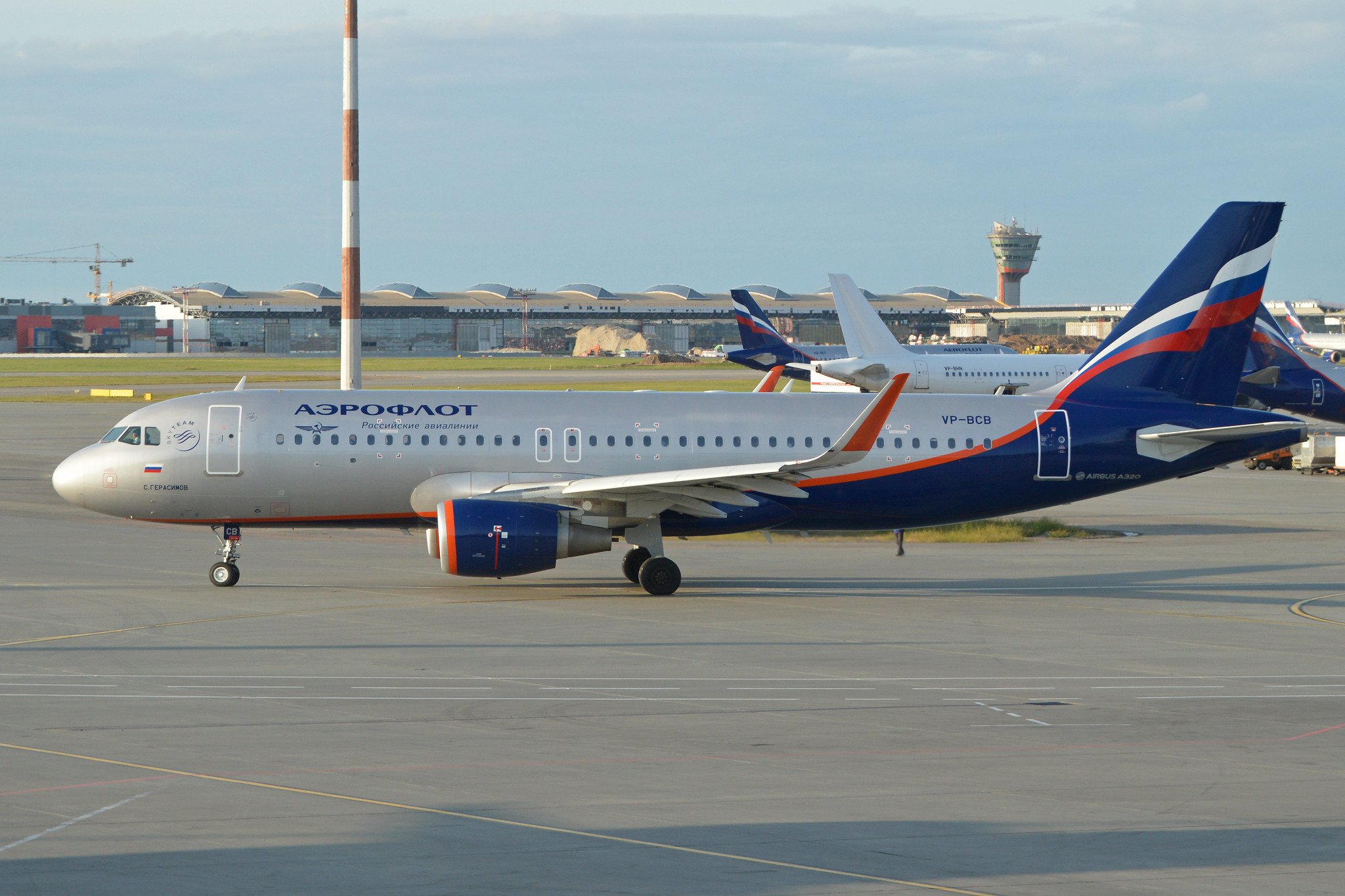Does the Aeroflot Crash “Eerily Echo” the 737 MAX Tragedies?

Just hours after the tragedy of Aeroflot Flight 1492, media outlets began to make comparisons to the recent crashes of Lion Air Flight 610 and Ethiopian Airlines Flight 302. While little is known about the cause of Sunday’s air disaster in Moscow, in which 41 lives were lost, some eerie similarities have already come to light.
The fiery crash of Aeroflot Flight 1492 at Moscow Sheremetyevo International Airport (SVO) on Sunday, in which 41 passengers lost their lives, has taken the spotlight away from recent air disasters in Ethiopia and Indonesia. But as investigators search for a cause of this week’s accident and family members mourn loved ones, speculation has already started about the reasons behind the crash. Some media outlets have even suggested that the Aeroflot wreck bears some of the same striking hallmarks as the dual air tragedies of Lion Air Flight 610 and Ethiopian Airlines Flight 302.
New York Magazine transportation correspondent Jeff Wise notes that, like the recent Lion Air and Ethiopian Airlines crashes, Aeroflot Flight 1492 reported a failure of an automated system during the critical period following takeoff. While the two previous crashes involved Boeing 737 MAX aircraft, the latest accident involved a Russian-made Sukhoi Superjet 100 aircraft.
“While the plane was not a Boeing and did not involve a control system like the one implicated in the recent crashes of Lionair Flight 610 and Ethiopian Airlines Flight 302, the overall circumstances eerily echo the conditions that led to the loss of the two 737 Max jets,” Wise wrote in his May 6th column. “In all three cases, pilots suffered a dangerous and unexpected emergency during takeoff, lost the automation that they were used to relying on, and lacked the necessary skills to adequately handle the ensuing crisis. As such, these crashes illustrate the dangers of poorly integrating human and automatic control, a problem that will only worsen as automation becomes more ubiquitous.”
It is, of course, much too early to assign blame for this week’s disaster (or the previous crashes involving Boeing planes, for that matter). Unlike the recent incidents involving Boeing planes, it appears that the crew of the Russian aircraft was contending with serious weather issues. According to some reports, the plane had been struck by lightning prior to declaring an emergency and eventual landing in a ball of flame.
Still, Wise’s point that an increased reliance on computer automation and flight crews that are not necessarily well-versed on the intricate workings of those systems is creating some brand new challenges for pilots appears to have some credence. In that sense alone, it seems the recent string of accidents may be at least somewhat related.
Following a 2008 Qantas flight in which the captain reported struggling to wrestle control of an Airbus A330 aircraft away from its automated systems – later describing the near-disaster as a “knife-fight with this airplane” – there was a renewed debate about how much autonomy computers should have when it comes to controlling a passenger plane. The pilot of Qantas Flight 72 says the issue appears to have been settled and not for the better.
“The hierarchy of this particular airplane is that the computer is number one and the pilot is number two,” Captain Kevin “Sully” Sullivan later told investigators. “If they, for example, decide that you’re over-speeding and stalling then they’re going to protect you. There is no right to veto.”
[Image Source: Flickr/ Alan Wilson]























1stly the aircraft in the photo is an airbus. 2ndly, how many people died because morons in front of them stopped to get luggage out of overhead bins. I think if this happened to me, I'd just punch these idiots who apparently caused so many deaths
Quoting MitchR: "The plane climbed and then smashed into the runway." End quote... And would that not give rise to a possible scenario where the pilot was battling against some automated flight control system (the element that is eerily similar to the 737 Max8 crashes),.only in this case, and unlike the 737 crashes that had enough ground clearance to zig-up and zag-down several time before the nose dive, in this case, it was only "one and done"!
NO comparison at all. The video shows a badly botched landing. Nothing more, nothing less. Nose-down is almost never the appropriate way to land an airliner.
These incidents seem to be very little related. The Aeroflot SSJ 100 accident was caused by lightning which damaged communication equipment and maybe more. This may be a flaw of the SSJ or not (probably yes given the type's endless insufficiencies which has caused most Western arlines to abandon it). All planes constitute a Faraday Cage and should be immune to lightning. Dozens of planes are struck every day and, apart from passengers screaming, nothing happens. Then, it seems that the pilot attempted to land his plane well over the type's max landing weight and he made a mess of it. The plane was not burning before impact but the main landing gear seems to have smashed the fuel tanks somewhat like the Air France Concorde puncture in 2000. Finally, what made a bad incident into a drama was the slow evacuation by passengers at the front retrieving their belongings almost as for disembarking, especially an overweight man with a big bag in row 10. Everybody survived in rows 1-10, everybody died in rows 11 and behind. The similarity with the 737 MAX failures are nonexistent.
What I took from this is mainstream media outlets are attempting to create hysteria by throwing out baseless speculations before any details are known. Is it any wonder so many of us don’t trust them?